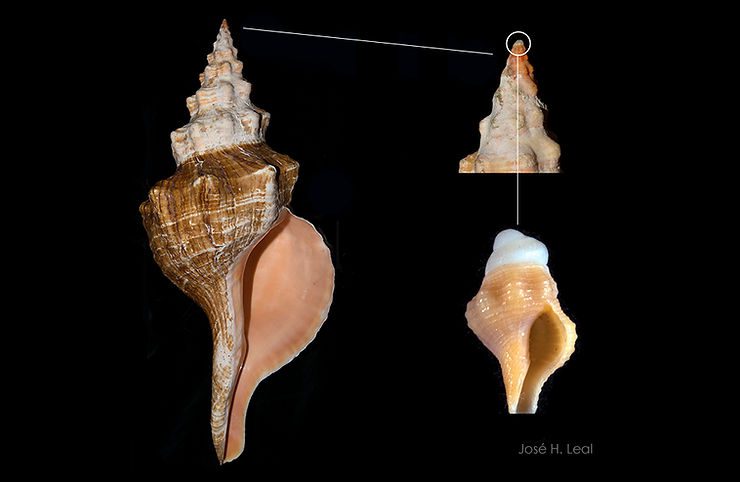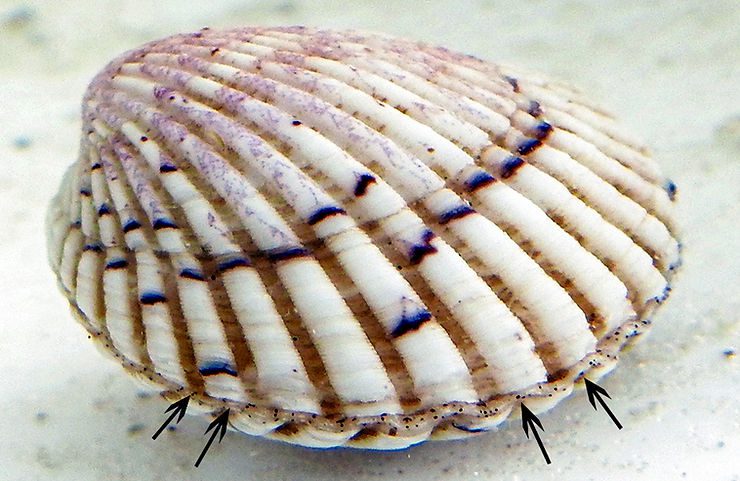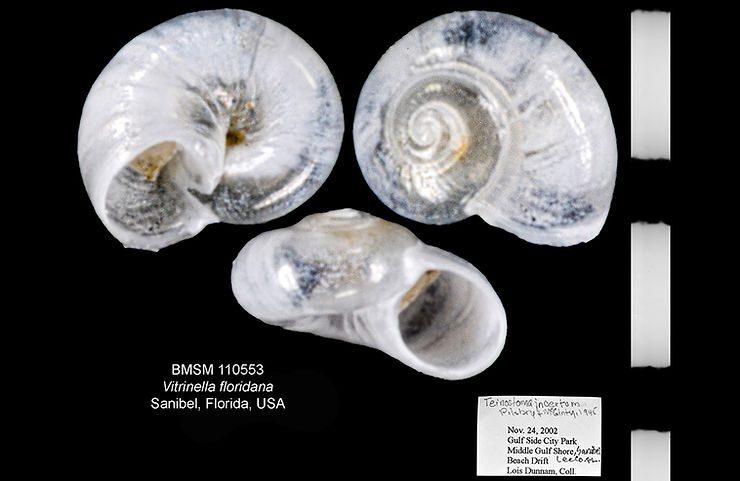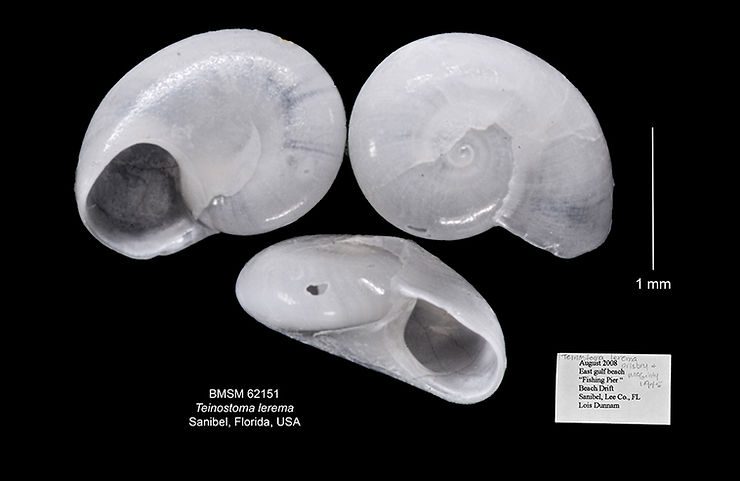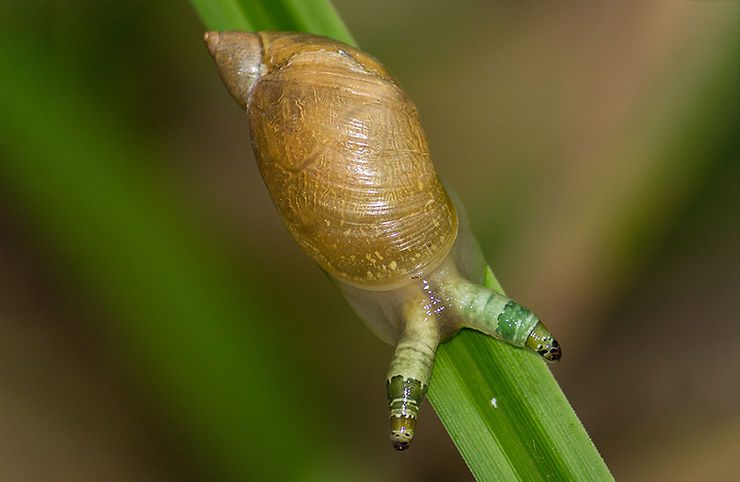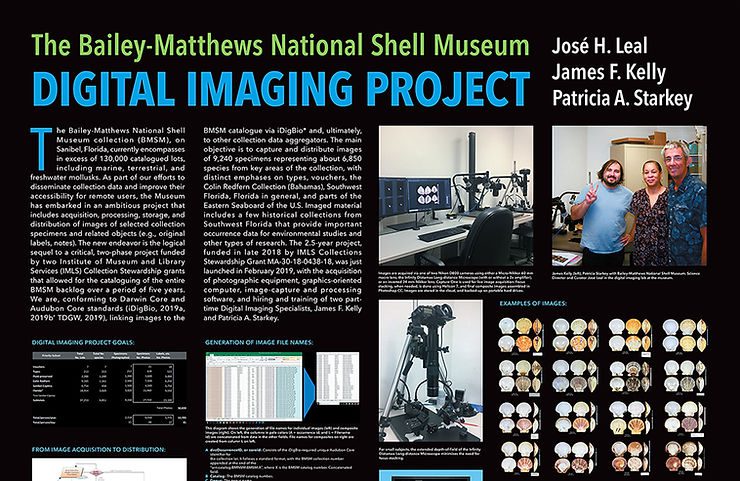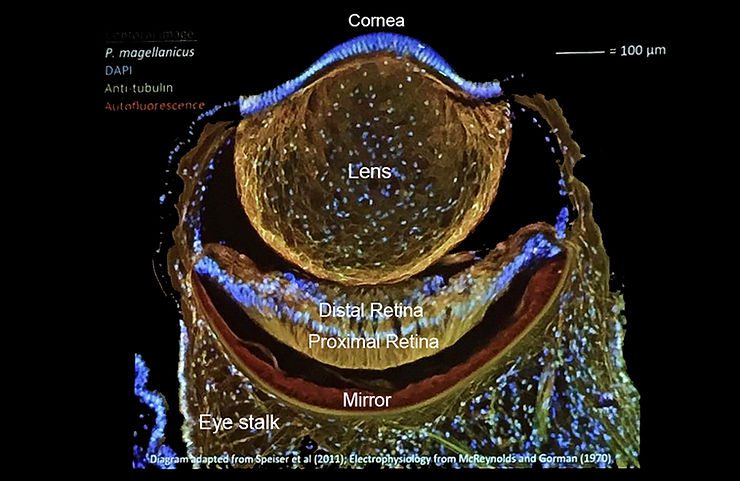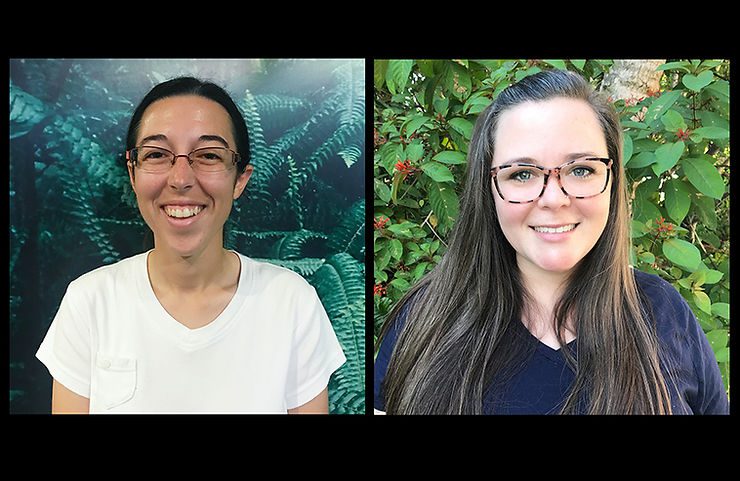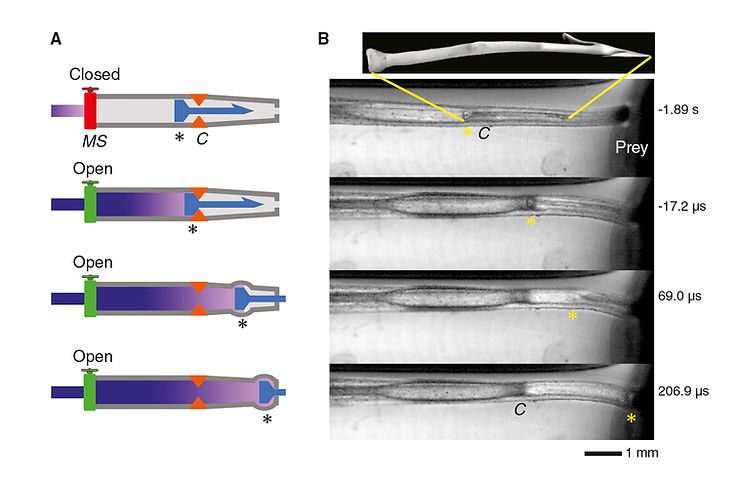
Cone Snail Ballistics
In addition to producing some of the most potent venoms in nature, cone snails are now known to deliver one of the fastest predatory strikes in the animal kingdom. In a paper recently published online in Current Biology, Joseph R. Schulz from the Occidental College in Los Angeles and his collaborators have shown that the strike by the radular tooth of the fish-hunting Cat Cone, Conus catus, reaches speeds comparable to those of a bullet being fired from a pistol. The entire strike happens in les
